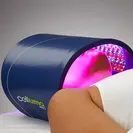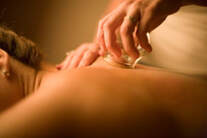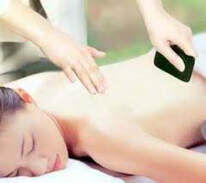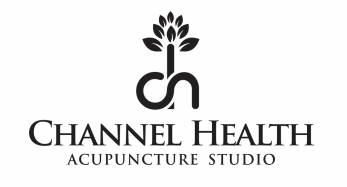TREATMENT MODALITIES
Registered Acupuncture is administered by a Registered Acupuncturist (R.Ac). Below is a brief explanation of the various therapeutic modalities -- Acupuncture, Acupressure/Shiatsu, Celluma® LED Light Therapy, Cupping and Gua Sha -- that may be included in your treatment.
The World Health Organization (WHO) acknowledges that acupuncture is a safe & effective treatment for many health conditions. A Registered Acupuncture treatment plan can benefit the following conditions:
The World Health Organization (WHO) acknowledges that acupuncture is a safe & effective treatment for many health conditions. A Registered Acupuncture treatment plan can benefit the following conditions:
|
|
|
Acupuncture

In existence for over 5000 years, Acupuncture is an integral part of Traditional Chinese Medicine (TCM). During an acupuncture treatment very fine, sterile needles are inserted at specific points on the body. Eastern medicine believes discomfort (physical or emotional) is experienced when Qi is not flowing freely. Acupuncture ‘resets’ the body by stimulating acupuncture points which help correct imbalances in Qi flow. In Western medical terms, acupuncture increases blood circulation, reduces inflammation and releases endorphins. It also helps shift the body's nervous system from a sympathetic "Fight or Flight" state to a parasympathetic "Rest & Digest" state where healing begins.
Celluma® LED Light Therapy

Celluma® is a Health Canada approved medical device class II. Celluma® Pro can boost the efficacy of any acupuncture session as it LED light therapy increases is absorbed through the skin energizing the mitochondria at the cellular level. Depending on the selected wavelengths of light selected, we can help benefit the facial skin with acne or anti-aging concerns by increasing collagen and elastin, alleviate pain and inflammation of the muscles in any part of the body by increasing local circulation or boost reproduction function when placed over the lower abdomen regardless of gender.
Acupressure/Shiatsu

Shiatsu therapy is a non-invasive deeply relaxing holistic healing art that works along the Traditional Chinese Medicine acupuncture meridians of the body. The literal translation of Shi-atsu is “finger-pressure”. Originating in Japan, Shiatsu is done with the client wearing comfortable clothing. The therapist applies systematic & rhythmic pressure utilizing their thumbs, fingers, palms & elbows to assess & treat the body. The results are decreased pain & stiffness with an increase in joint range of motion & overall vitality.
Cupping

Cupping therapy involves the practitioner applying either glass or silicone cups to the patient’s skin thereby creating a suction or vacuum effect, which increases the flow of blood, lymph & "qi" to the local area. There are different methods of cupping, some using lubricating oil, depending on what condition is being treated. Cupping is commonly used to treat a variety of respiratory complaints, as well as for general musculoskeletal conditions and overall relaxation. It feels amazing.
Gua Sha

Gua Sha is an effective technique for releasing tight muscles or fascia, which can be thought of as “stagnation” in TCM. Gua Sha involves repeated and comfortable pressured strokes over lubricated skin with a smooth edge. Typically Gua Sha tools are made from jade or stainless steel. The smooth edge is placed against the oiled skin surface, pressed down firmly, & then moved down the muscles, or along the pathway of specific acupuncture channels. Depending how performed this action may results in a painless, temporary (usually 3-4 days) visible ‘sha’, the shade varies according to the patient's degree of tension ranging from a light pink to a dark blue-black (most often a shade of light red).
